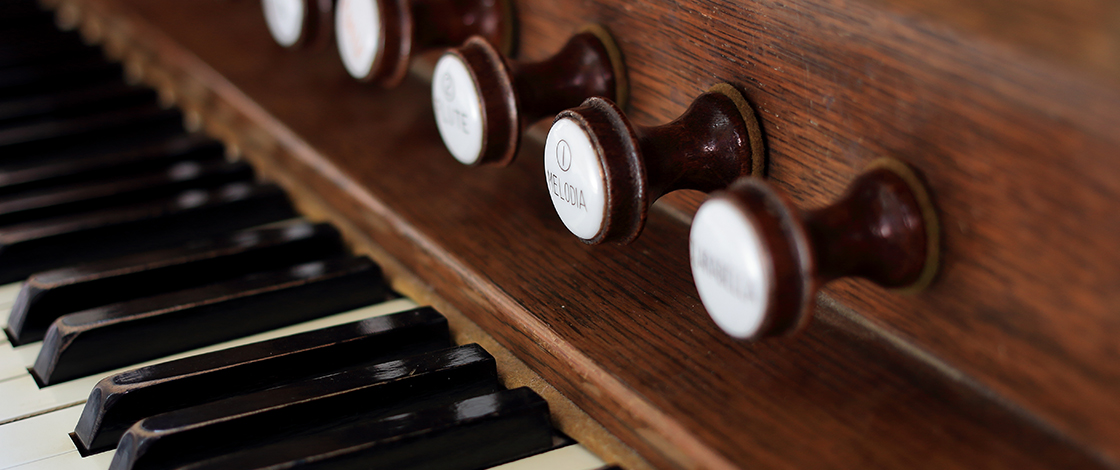Church Music
A special sound
In the beginning, God created the heavens and the earth.
After light, water, the earth and plants were created, the heavenly hosts proclaimed: tune the strings, take the lyre, and let your song of praise resound!
Rejoice in the Lord, the mighty God!
This is how ‘The Creation’, one of Joseph Haydn’s most magnificent oratorios, begins.
All life begins with a cry and then, before they can even speak, our children sing. There is music at the beginning of every service: the peal of bells is followed by a piece of music – traditionally from the organ, the queen of instruments, but today also in modern forms and styles.
Music is sound, language is sound
In the baroque period, ‘tonal language’ became a principle of musical form and structure. Nikolaus Harnoncourt spoke of ‘music as tonal language’. Music and language are inextricably linked. Every language has its own speech melody characterized by pitch and rhythm, both in ordinary life and in the church context.
Religious music inside and outside the church
For almost 2000 years, vocal and instrumental music have been an inseparable part of Christianity, both in worship and in the personal devotions of the faithful.
From monophony such as Gregorian chant to the largest orchestral work – Gustav Mahler’s ‘Symphony of a Thousand’, which begins with a chord played by an organ and then develops the hymn ‘Veni Creator Spiritus’, musicians have put their feelings, knowledge, values and lives into their music. Above all, however, church music speaks of their profound faith. Such compositions touch us in our innermost being and help us on good and bad days.
Church music today
Today, in addition to its liturgical function, church music also creates a space for fellowship in choirs, bands and orchestras. Thanks to the diversity of musical styles, instruments and training of musicians, everyone can be invited and spoken to.
Church music is therefore one of humankind’s greatest cultural treasures. It is up to us to play, foster and develop it. In all styles and forms.
